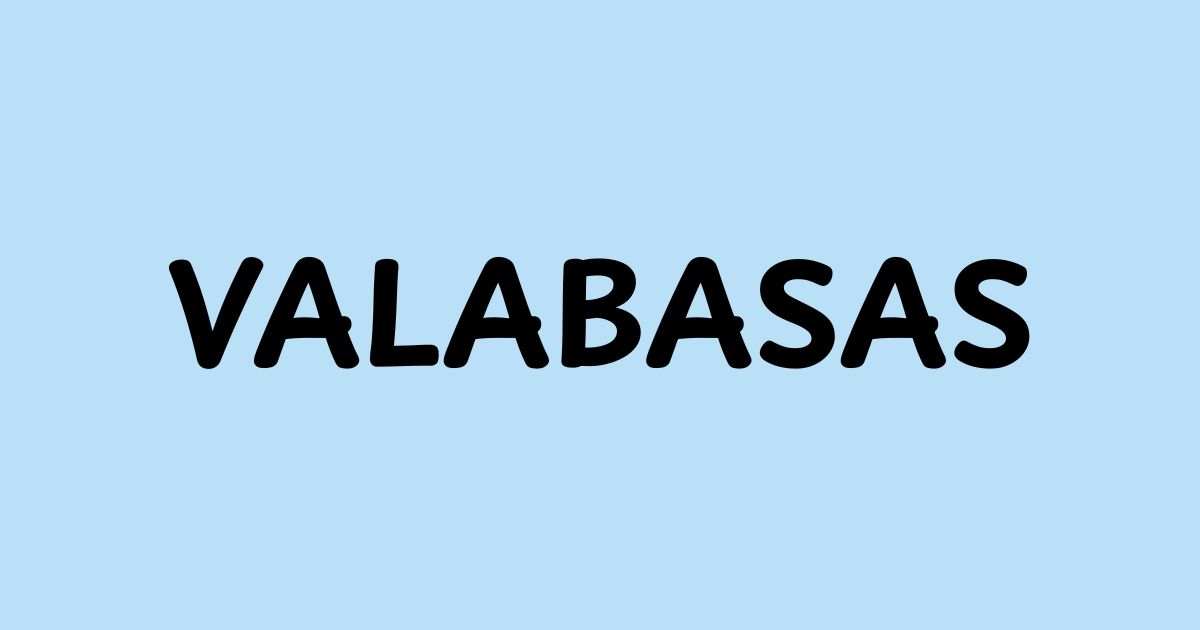In today’s increasingly remote workplace, the need for effective virtual recognition programs has never been greater. With distributed teams becoming the norm, organizations are discovering that digital appreciation methods play a crucial role in maintaining company culture across distances.
Source: Canva
According to a Gallup study, businesses that implemented virtual recognition programs reported a significant increase in employee engagement.
This statistic highlights just how important recognition has become in our digital-first workplace environment. As teams spread across different locations and time zones, the way we acknowledge contributions must evolve too—requiring thoughtful strategies that maintain connection despite physical distance.
Foster a Culture of Appreciation Across Distributed Teams
Creating a culture where appreciation flows naturally requires intentional effort, especially when team members rarely meet face-to-face. Digital platforms have revolutionized how we express gratitude and recognition in the workplace.
The Power of Digital Acknowledgment
Virtual recognition programs democratize appreciation by making it accessible to everyone. Unlike traditional recognition that might happen spontaneously in an office hallway, digital platforms ensure remote workers receive the same level of acknowledgment. These tools create a permanent record of appreciation that employees can revisit whenever they need motivation.
Breaking Geographic Barriers
One of the most powerful aspects of happy birthday ecards and other digital recognition tools is their ability to connect teams across locations. When a team member in Tokyo can instantly recognize the efforts of a colleague in Toronto, geographic limitations disappear. This global connection strengthens team bonds despite physical distance.
Real-Time Recognition
Immediate feedback has proven more effective than delayed appreciation. Virtual platforms enable managers and peers to acknowledge contributions the moment they happen, maximizing the positive impact. This instant recognition reinforces desired behaviors and motivates continued excellence.
With geographical limitations removed, virtual recognition creates new opportunities for teams to connect—but the real power comes when appreciation becomes part of your daily culture rather than an occasional event.
Boost Employee Engagement Through Consistent Recognition
Regular acknowledgment of employee contributions directly impacts engagement levels, with digital platforms making consistency easier than ever before. The right frequency of recognition can transform workplace motivation.
Frequency Factors
Consistent recognition significantly outperforms annual or quarterly award programs. Studies show that employees who receive weekly recognition are 5 times more likely to stay engaged than those recognized only once a year. Digital platforms make this regular cadence of appreciation manageable.
Engagement Metrics
Organizations with robust virtual recognition programs report measurable improvements in productivity metrics. When employees feel valued, absenteeism decreases while output quality increases. These engagement benefits directly impact the bottom line.
Motivation Multipliers
Digital recognition activates intrinsic motivation by appealing to core psychological needs. When employees receive public praise for their contributions, it satisfies their need for esteem and belonging—two powerful drivers of workplace satisfaction.
While consistent recognition drives engagement, its true potential is unlocked when it reaches every employee in ways that resonate with their unique backgrounds and preferences.
Build Inclusive Recognition Practices for Diverse Teams
Creating recognition that resonates with all team members requires thoughtful consideration of different backgrounds, work styles, and preferences. Virtual platforms offer unique advantages in building inclusive appreciation.
Accessibility Advantages
Digital recognition tools can reach employees regardless of location, role, or schedule. This equalizing effect ensures frontline workers, field staff, and executive leadership all participate in the culture of appreciation.
Cultural Considerations
Effective virtual recognition programs account for cultural differences in how appreciation is given and received. Some cultures value public recognition while others prefer private acknowledgment—digital platforms can accommodate both preferences.
Personalization Options
The best recognition reflects individual preferences. Some employees might appreciate a public shoutout during a virtual meeting, while others prefer a thoughtful message in their inbox. Digital systems can track these preferences and suggest appropriate recognition methods.
Building inclusive recognition is just the beginning; when these practices become transparent across your organization, they create a foundation of trust that transforms workplace relationships.
Create Transparent Recognition Systems That Build Trust
Transparency in recognition practices fosters organizational trust and promotes fairness. Virtual platforms enable this visibility in ways traditional programs cannot, making appreciation more open and equitable. Public recognition tools help eliminate favoritism by ensuring all contributions are acknowledged fairly.
Digital dashboards that showcase recognition activity in real time normalize the practice and encourage broader participation. This consistent, visible recognition strengthens the bond between employees and leadership, increasing trust in management. Beyond trust, this transparency generates valuable data that can enhance performance management strategies for greater organizational impact.
Integrate Recognition With Performance Management
Connecting recognition data with performance systems creates a more complete picture of employee contributions. This integration enhances both processes.
Strategic Alignment
Virtual recognition programs work best when aligned with organizational goals and priorities. When recognition reflects company values and objectives, it reinforces what matters most to the organization.
Performance Data Integration
Digital recognition creates valuable data points that complement formal performance reviews. Managers gain insights into peer perceptions and day-to-day contributions that might otherwise go unnoticed.
Development Planning
Recognition patterns often reveal employee strengths that can inform development plans. Someone frequently recognized for problem-solving might benefit from leadership opportunities that utilize this strength.
Beyond driving individual performance, virtual recognition brings teams together in meaningful ways that transcend the limitations of remote work environments.
Enhance Team Bonding Through Shared Celebrations
Virtual celebrations foster connection and strengthen team bonds, even across physical distances. By creating shared experiences, they promote a sense of belonging and community. Digital platforms offer creative ways to celebrate achievements, from virtual award ceremonies to milestone moments.
Recurring recognition rituals, like “Feedback Fridays” or monthly celebrations, provide structure and consistency in remote environments. Group activities such as peer nominations and team voting encourage collaboration and reinforce collective identity. These celebrations go beyond recognition—they offer emotional support that positively influences employee wellbeing and helps maintain a connected, resilient workforce.
Improve Mental Health and Reduce Burnout
Regular recognition serves as a powerful tool for supporting employee mental health and preventing burnout in remote work settings.
Wellbeing Impact
Employee recognition directly affects psychological wellbeing. Feeling valued at work correlates with lower stress levels and greater job satisfaction, which supports overall mental health.
Burnout Prevention
Regular appreciation helps prevent employee burnout by reinforcing the meaningfulness of work. When contributions are acknowledged, employees maintain a stronger connection to purpose.
Connection Building
Virtual recognition combats isolation by creating moments of human connection. In remote environments where social interaction is limited, these touchpoints become invaluable for emotional wellbeing.
As we’ve seen how recognition supports mental health, it’s worth exploring how these same practices can simultaneously fuel the creative thinking that drives your business forward.
Source: Canva
Drive Innovation Through Recognition of New Ideas
Recognizing creative thinking and innovative efforts fosters a culture where employees feel safe sharing new ideas. When organizations celebrate innovation, they signal that fresh perspectives are valued, boosting motivation and engagement. Even when ideas don’t succeed, acknowledging the effort encourages risk-taking and builds psychological safety.
Employees become more willing to experiment, knowing their contributions are appreciated. Strong virtual recognition programs often lead to measurable increases in idea submissions and implementations, directly enhancing innovation. This positive reinforcement not only fuels creativity but also drives long-term competitiveness and organizational growth.
Final Thoughts: Recognition as a Cultural Cornerstone
Virtual recognition programs have been transformed from desirable amenities to fundamental parts of thriving cultures in workplaces. As both remote and hybrid work redefine the manner in which we work together, the organizations that will have more robust connection, greater engagement, and better performance are the ones in which the rulers triumph in the digital appreciation.
The above eight approaches represent a framework for designing recognition practices that will actually change the culture of the workplace – no matter where it is. It isn’t whether you can pay for the hardy recognition. it is whether you can afford it not.
FAQs
How does recognition help in the workplace?
The acknowledgment builds a healthy work culture, promotes employee wellbeing and burnout reduction. It also has an indirect effect of innovating the employees in creating a sense of belonging for the employees and making them feel valued and incentivized to share their ideas.
How can we foster a positive company culture in a virtual workspace?
Begin with the definition of clear values for in-office and remote teams. Create a more open line of communication through all mediums. Place importance on work-life balance with realistic expectations and constantly reward achievements over digital media where all can access.
How does recognition in the workplace help encourage creativity?
Employee recognition becomes important as a result of promoting a culture of invention with freedom of inventing and experimenting, without the fears of failing. Identification and recognition of innovation efforts encourage employees to keep striving for new ideas and implementing them, which leads to businesses’ growth.











